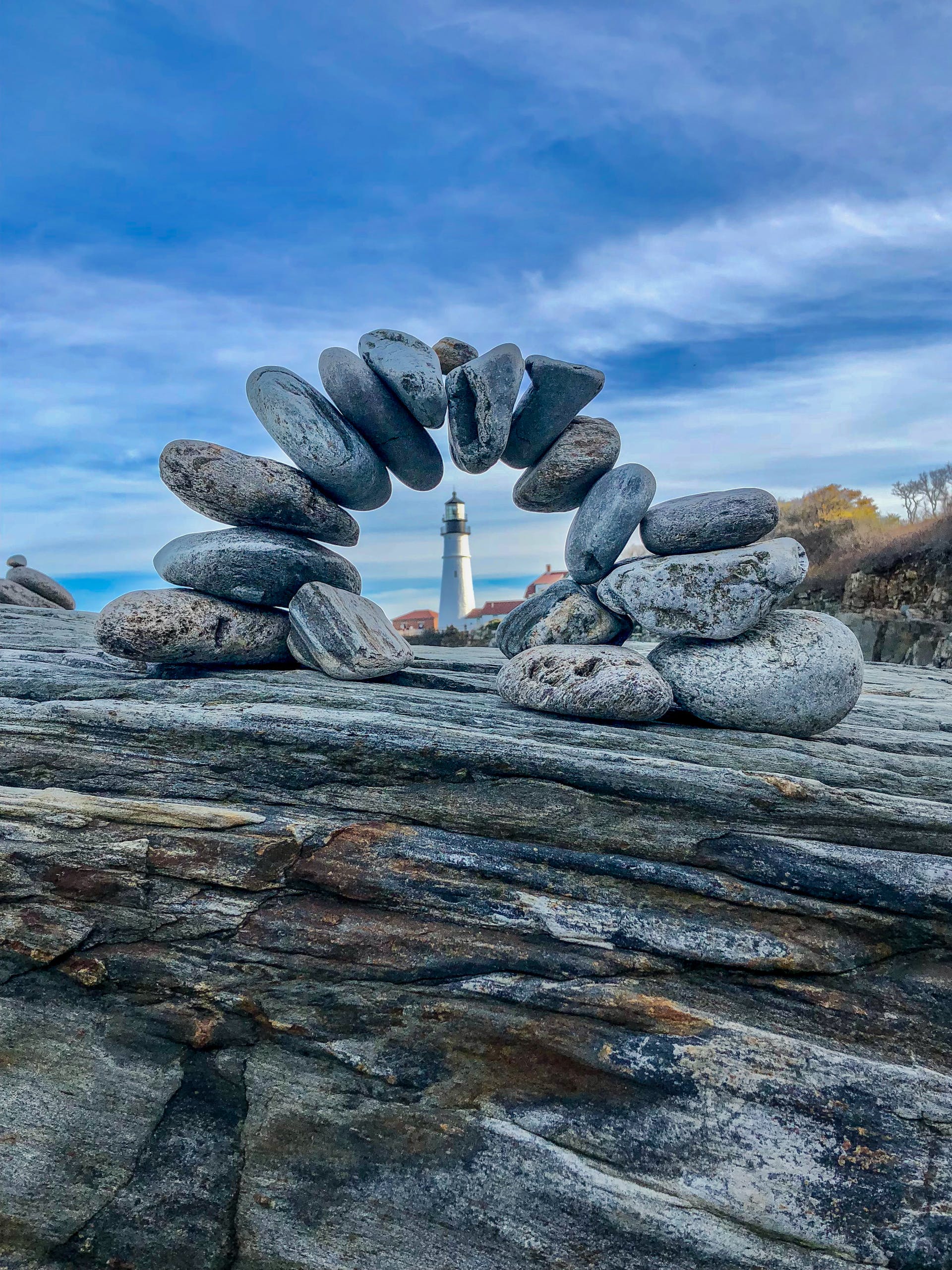Duration: Why getting the balance right is important for portfolios
Understanding correlation is vital for allocators

While duration is always an important factor to consider in your fixed income portfolio, it is naturally more likely to impact clients' investments when there is a change in interest rates.
But the economic outlook for 2024, when we lack clarity over the degree to which rates and inflation will decline, means that duration is a “critical investment tool” in the current market, according to managers quoted in this latest CPD feature.
Indeed, with two Bank of England monetary policy committee members calling for a rise, and only one opting for a cut in the February 1 meeting, and markets watching nervously to see if the US Federal Reserve will cut rates in March, it is important for portfolio managers to keep their eyes on duration. After all, nobody wants to be at the wrong end of a duration call.
At a basic level, those looking to create a balanced portfolio sometimes use longer duration portfolios to provide some diversification away from their equity risk.
A lower duration portfolio will provide less exposure to interest rates. This can lower volatility, and would naturally protect capital from interest rate movements.
But as with every investment decision, there are multiple factors to consider.
simoney.kyriakou@ft.com
CPD: Why getting the duration balance right is important for your clients' investment portfolios


Choosing the right balance takes time and consideration. (Anna Nekrash /Pexels)
Choosing the right balance takes time and consideration. (Anna Nekrash /Pexels)

Balancing duration can help portfolio diversification while achieving yield. (Pille Kirsi/Pexels)
Balancing duration can help portfolio diversification while achieving yield. (Pille Kirsi/Pexels)

Getting the perfect blend within a portfolio helps to diversify and optimise the overall performance of the investments (Mikhail Nilov/Pexels)
Getting the perfect blend within a portfolio helps to diversify and optimise the overall performance of the investments (Mikhail Nilov/Pexels)
When investing in fixed income, there is a long list of things to consider: the type of bonds to buy; how much risk you wish to take for a higher yield; and how your fixed income allocation balances out your equity investments.
But there is another factor that is particularly important to consider at the moment: duration. This is a measure of the length of time before you can expect to recoup your original investment, or how long it takes for an investor to receive all the cash flows of a bond.
Duration is especially important at times of changing interest rates, such as today, according to analysts.
Markets expect central banks across the globe to start cutting rates this year (the US is forecast to cut rates by about 1 percentage point, while the UK is expected to cut rates by 1.25 percentage points) and as this rate cutting cycle starts, the duration of your bond portfolio will affect how it performs.
So what exactly is duration, what are the potential risks and advantages in your bond portfolio, and how should advisers approach this with their clients?
This feature will explore why getting the balance right is important for bond portfolios, and comes with an indicative 30 minutes of CPD.
The mother of all risk metrics
Quoted in years, duration is a measure of the weighted average of the time taken to receive all the bond’s cash flows.
It is usually different to the maturity of a bond, which is when the bond pays out its final payment. This is because bonds make regular coupon payments before maturity, so duration is usually shorter than the time until a bond matures.
For investors, though, the important thing about duration is that it is a measure of how sensitive a bond price is to a change in interest rates.
“A long duration bond will have a greater sensitivity to changes in interest rates, because more of its cash flows are received further out into the future,” says Emma Moriarty, an investment manager at CG Asset Management. “In that sense, the duration of a portfolio is essentially a directional bet on interest rates.”
Let’s say an investor owns a bond fund that invests in UK gilts and the fund has a duration of six years. Bond prices fall when interest rates go up and rise when interest rates fall, and to what extent this happens is determined by the duration.
Tara Jameson, co-manager of the Schroder Global Multi-Asset Portfolios, says: “In this example, if interest rates rose by 1 per cent, the value of the fund would fall by six multiplied by 1 per cent, so 6 per cent.
“Similarly, if interest rates fell by 1 per cent, the price of the fund would rise by 6 per cent.”
Overall, it is worth being aware that a bond fund with high duration is going to be more volatile than the same bond fund with low duration. While there is more scope for larger profits, there is also more scope for larger losses.
As Jayadev Mishra, senior portfolio manager at J Safra Sarasin Sustainable Asset Management, says: “Duration is the mother of all risk metrics in bond investing.”
This is the moment
While duration is always an important factor to consider in your fixed income portfolio, it is naturally more likely to impact your investments when there is a change in interest rates.
The economic outlook for 2024, when we lack clarity over the degree to which rates and inflation will decline, means that duration is a “critical investment tool” in the current market, according to Jamie Clark, investment manager at Kingswood Group.
Fraser Hedgley, head of client portfolio managers at Nomura Asset Management, agrees. He adds: “When the market essentially priced-in five to six rate cuts by the Fed and the European Central Bank in 2024, what happened?
“Bond yields fell, credit spreads narrowed, equities went up and the dollar fell. The impact was felt in bond, currency and equity markets – it is impossible to disregard duration when examining capital markets today.”
The bond market should now also be able to act as a solid diversifier. Typically, bond prices head skyward as equity prices fall. This is partly because during periods of recession, equities tend to perform poorly but central banks look to slash interest rates, resulting in rising bond prices.
There is also what is known as the 'safe haven trade', which can help bond prices rise when stock prices fall. When stock markets are in trouble and going through a negative shock, investors can get spooked and sell equities, often moving their money into what is considered a 'safe' investment, like government bonds.
Over the past decade or so, bond yields have been so low that there has been little room for them to fall further (and prices to rise) if there were a flight to safety. Now yields have risen, however, they can play a greater diversifying role.
“Given the additional headroom central banks now have with where bond yields sit, should we face a recessionary environment in the global economy and equities struggle, we should see the diversification properties of bonds come into play once more,” says Richard Carter, head of fixed interest research at Quilter Cheviot.
Michael Walsh, a solutions strategist at T Rowe Price, adds: “If gilt yields are below 1 per cent, they are less likely to fall much further in a crisis. But yields of 3.5 per cent give more room for the value of such bonds to increase in the event of a ‘flight to quality’.”
What is it good for?
A portfolio with high duration is more sensitive to changes in yields, so will be more volatile as interest rate markets move around.
For example, the FTSE Actuaries index of gilts, which mature in at least 15 years’ time, has a duration of about 17 years. It lost 17.3 per cent in 2021-23 as yields rose sharply in the aftermath of the pandemic. The FTSE Actuaries UK Conventional Gilts index, which has a duration of about nine years, fell by 9.2 per cent over the same time period, by comparison.
It is these investments that are likely to perform well in times of crisis elsewhere in your portfolio, however, so are a good choice if you are looking for diversification.
A bond portfolio with higher duration is likely to be more suitable for clients with longer time horizons or liabilities, who have time to ride out the extra volatility, or those looking to hedge against a recession risk.
“The types of investor who tend to seek out higher duration portfolios include pension funds, and those with a strong view that market yields are set to fall,” says Phil Milburn, co-head of the Liontrust Global Fixed Income team.
“Also, those looking to create a balanced portfolio sometimes use longer duration portfolios to provide some diversification away from their equity risk.”
A lower duration portfolio will provide less exposure to interest rates. This can lower volatility, and would naturally protect capital from interest rate movements.
However, with fixed income investing there are other risks to be aware of, such as credit and currency risk. Some areas of the market do not provide diversification to equities, either.
Walsh says: “Corporate bonds, especially high-yield bonds, and bonds from emerging market countries [which typically do not provide diversification to equities] often have shorter maturities and hence lower duration.
“Generally, investors may expect more of the returns from such bonds to come from factors such as corporate creditworthiness or overseas currencies rather than interest rate movements.”
Depending on the type of bonds within a lower duration portfolio, it could be suitable for those with shorter-time horizons and less appetite for risk, but it depends more on the underlying bonds.
“It is hard to be specific, but portfolios with an average duration of between three and five years should be suitable for most lower-risk clients,” said Carter. “A duration between five and eight years may be suitable for higher-risk clients, but it very much depends on the expected interest rate environment.”
An adviser’s role
The main part of an adviser’s role is pinning down a client’s time horizon and appetite for risk, which many clients will struggle to work out for themselves, and then assessing the opportunities within the fixed income market that fit.
“While there may be tactical opportunities to shift exposures to duration to the longer side of things, this has to be put in the context of what the client is trying to achieve,” says Carter. “If capital preservation is the primary objective, then making big calls on duration may not necessarily end up with the best or smoothest of outcomes.”
Faisal Manji, director of global manager research at RBC Wealth Management, echoes this, saying that a client’s investment objectives, time horizon and risk tolerance should “always be in focus”.
While short-term bonds held to maturity were undoubtedly attractive at today’s yield levels, they came with reinvestment risk, he notes. And while longer-term bonds could produce significant returns in a falling rate environment, there could be volatility along the way.
Manji adds: “When the range of outcomes is this wide, it makes sense to take a measured approach, as conviction builds you can then tilt duration exposure accordingly.”
One way of managing the ebbs and flows of the market is to use a fund manager who is able to react to changes and adjust duration over time, suggests Frédéric Taché, head of fixed income at St James’s Place.
You could opt for a fixed income fund manager with a dynamic strategy, for example, as they would be able to react to market conditions, the shape of the yield curve and select the best bonds according to their risk/reward pay off.
Taché adds: “It is likely to be a very efficient way to achieve an efficient level of duration. The question then will be about selecting fund managers with the best ability to achieve these results.”
Imogen Tew is a freelance financial journalist


